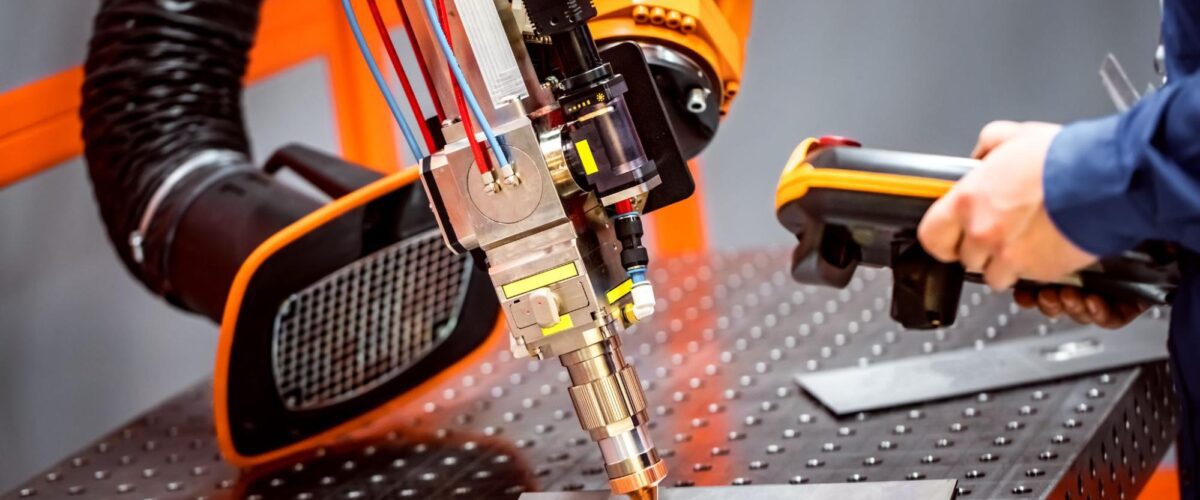How to Choose the Right Robot Integrator in 2023
When the time comes to make your next robotics integration, you will need to select the right robot integrator regardless of whether you have done so before. Nevertheless, how would one know what qualities to look for in a robotic system integrator? Let’s first examine How to choose the right robot integrator in 2023 and why you need one before we respond to this question. So, let’s get started.
What is the Role of a Robot Integrator?
When it comes to industrial automation and robotics there are many options. Fortunately, robotic system integrators are professionals who can guide you through integrating industrial robots into your company. What does an industrial robot integrator do, exactly?
What is an Industrial Robot?
A robotic system used in industrial settings is known as an industrial robot. This robot can be employed in a variety of tasks, such as producing items, transporting materials, and handling items
These robots are typically programmed to execute certain activities and can frequently be altered to match the application’s needs. Industrial robots are often significantly larger and more powerful than consumer-grade robots and are built to withstand severe environments.
In manufacturing and distribution, industrial robots are becoming more common. The global market for industrial robots was worth $24.35 billion in 2020 and is expected to grow to $52.85 billion by 2026. See the updated report here.
Many businesses are incorporating robotic technology to boost production and efficiency. In some cases, robotics can also help to improve safety by removing the need for human workers to be in close proximity to potentially hazardous materials or machinery.
What is Industrial Robotic Integration?
Integrating robots into existing manufacturing or distribution processes to automate specific tasks is known as industrial robotic integration. This can encompass material handling, welding, assembly, and packing.
The Role of an Industrial Robot Integrator

The role of an industrial robot integrator is constantly changing. As new technologies emerge, they must stay current on the latest advancements to provide their clients with the best possible solutions. This also necessitates a commitment to lifelong learning and an openness to change.
Robot integrators are in charge of designing, installing, and programming robotic systems.
They collaborate with manufacturers to provide customized solutions that boost production and efficiency. They typically have an engineering or computer science background. They use their skills to write custom programs that control robotic cells to perform specific tasks in manufacturing, material handling, and packing operations.
In addition, these integrators offer continuing support and maintenance for their clients’ robotic systems.
Benefits of Adopting Integrated Robotic Systems
There are numerous advantages to incorporating integrated robotic systems into manufacturing and distribution operations. They are as follows:
- Increased productivity and efficiency
- Cost-cutting measures
- Flexibility and expandability
- Increased safety
- Enhanced quality control
- Downtime has been reduced
5 Factors to Consider Before Hiring an Industrial Robot Integrator

Experience: Choosing a robotic integrator who has worked in your industry or on a similar application is critical. This ensures they are familiar with your problems and can provide solutions that meet your requirements.
Capabilities: Choose a robotic integrator capable of meeting your specific requirements. This includes programing the robots, installing the system, and providing maintenance and support.
Flexibility: Select a robotic integrator to collaborate with you to create a solution tailored to your requirements. They should also be able to modify their strategy as your needs evolve.
Reputation: Research what other businesses have to say about the robotic integrator you’re considering. Read online reviews and speak with companies that have used their services.
Price: Before making a decision, seek quotations from multiple robotic integrators. Make careful to compare not just the price but also the value of the price.
There are numerous viewpoints to consider when picking a robotic integrator. Experience, competence, flexibility, reputation, and cost are all significant variables. Choosing the right robotic integrator can help you maximize your investment and ensure that your needs are met both now and in the future.
In Conclusion
This article discussed How to choose the right robot integrator in 2023. Adding a robotic cell could be the answer if you want to improve efficiency, output, and safety while lowering production costs and downtime in your manufacturing, distribution, or packaging operations.
Connect with KVM Automation today in California to start its integration. Irrespective of the industry you belong to, we will help you embed the power of automation into your manufacturing applications with our robotic system integration services.


